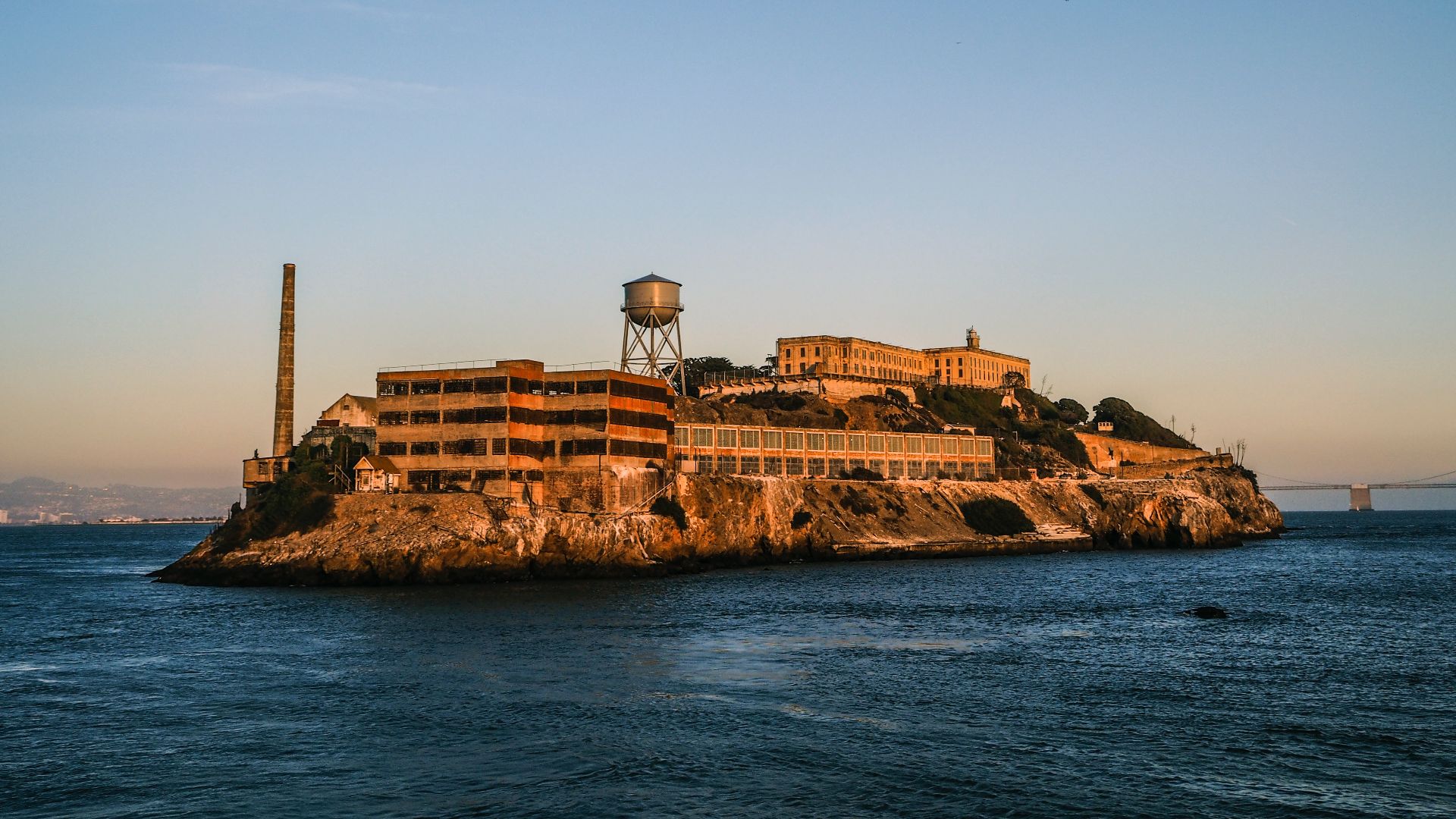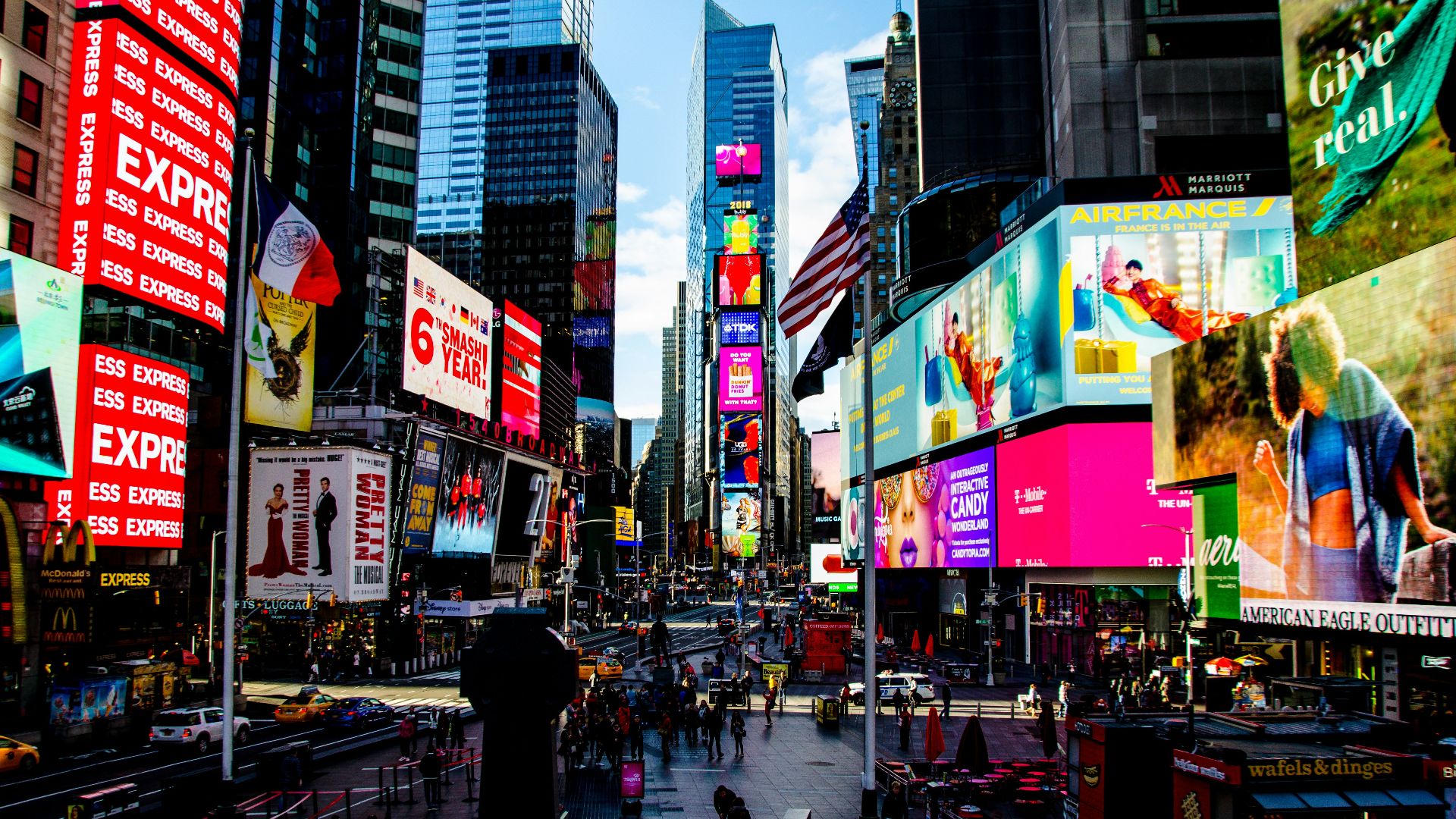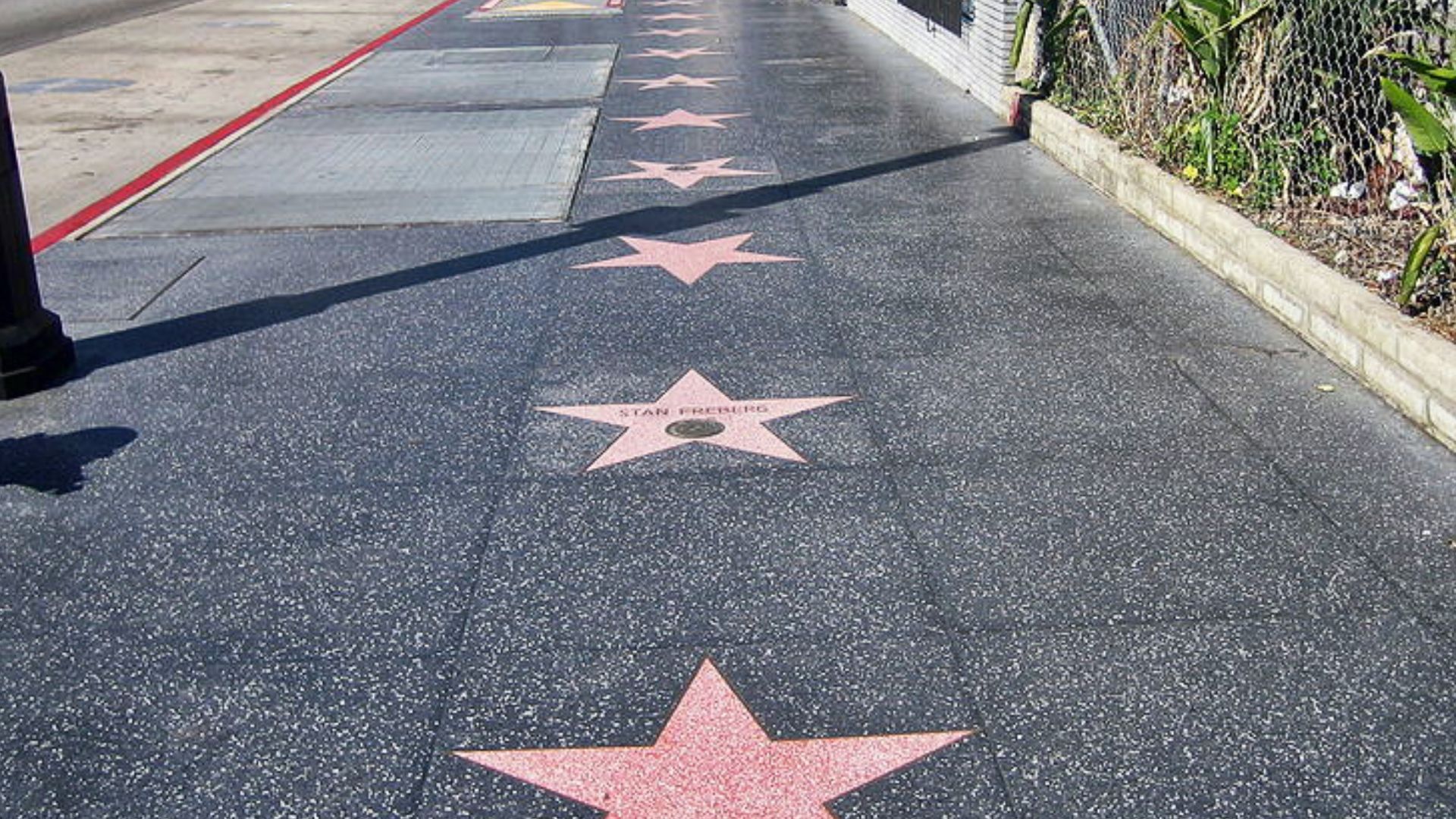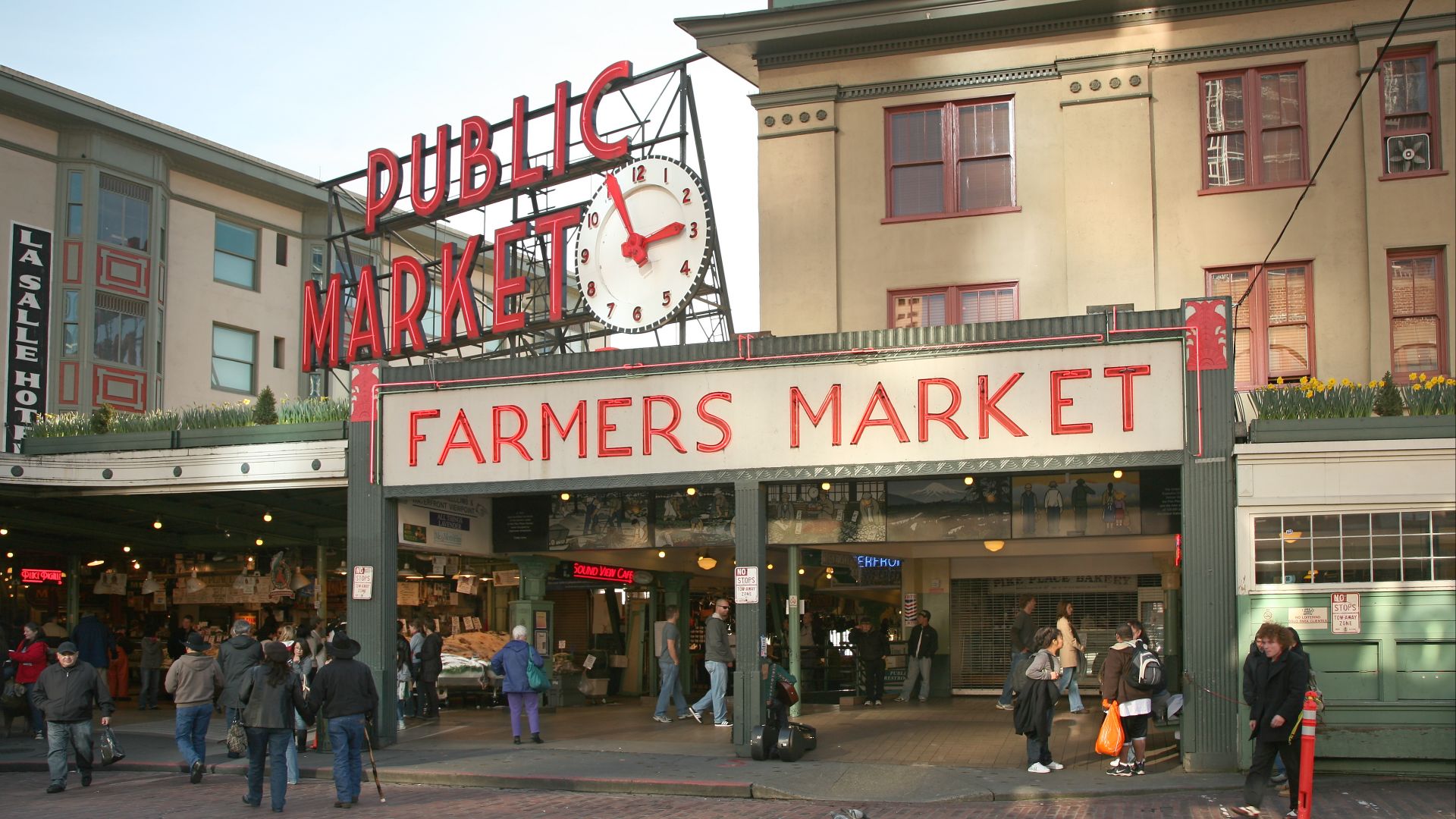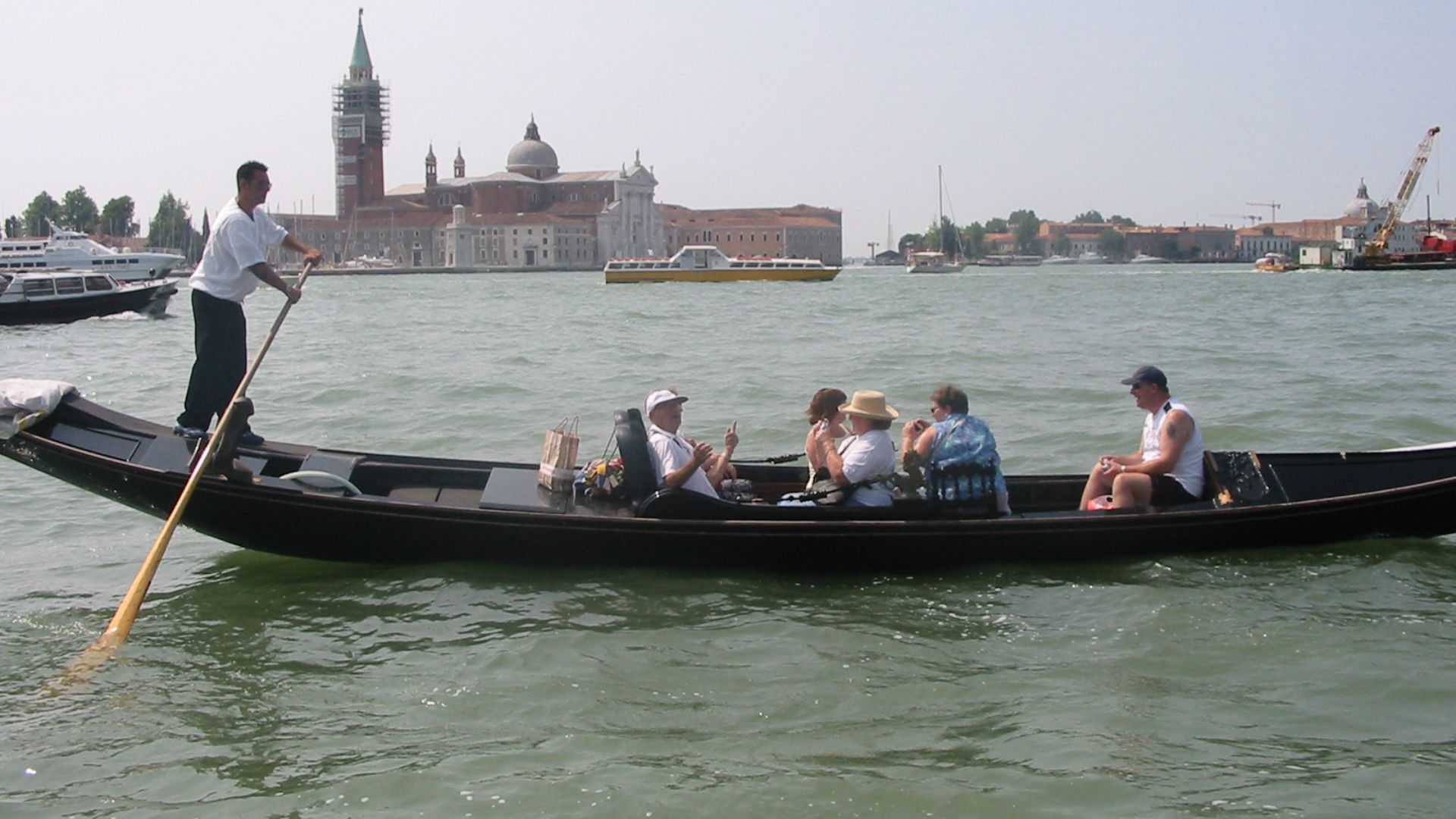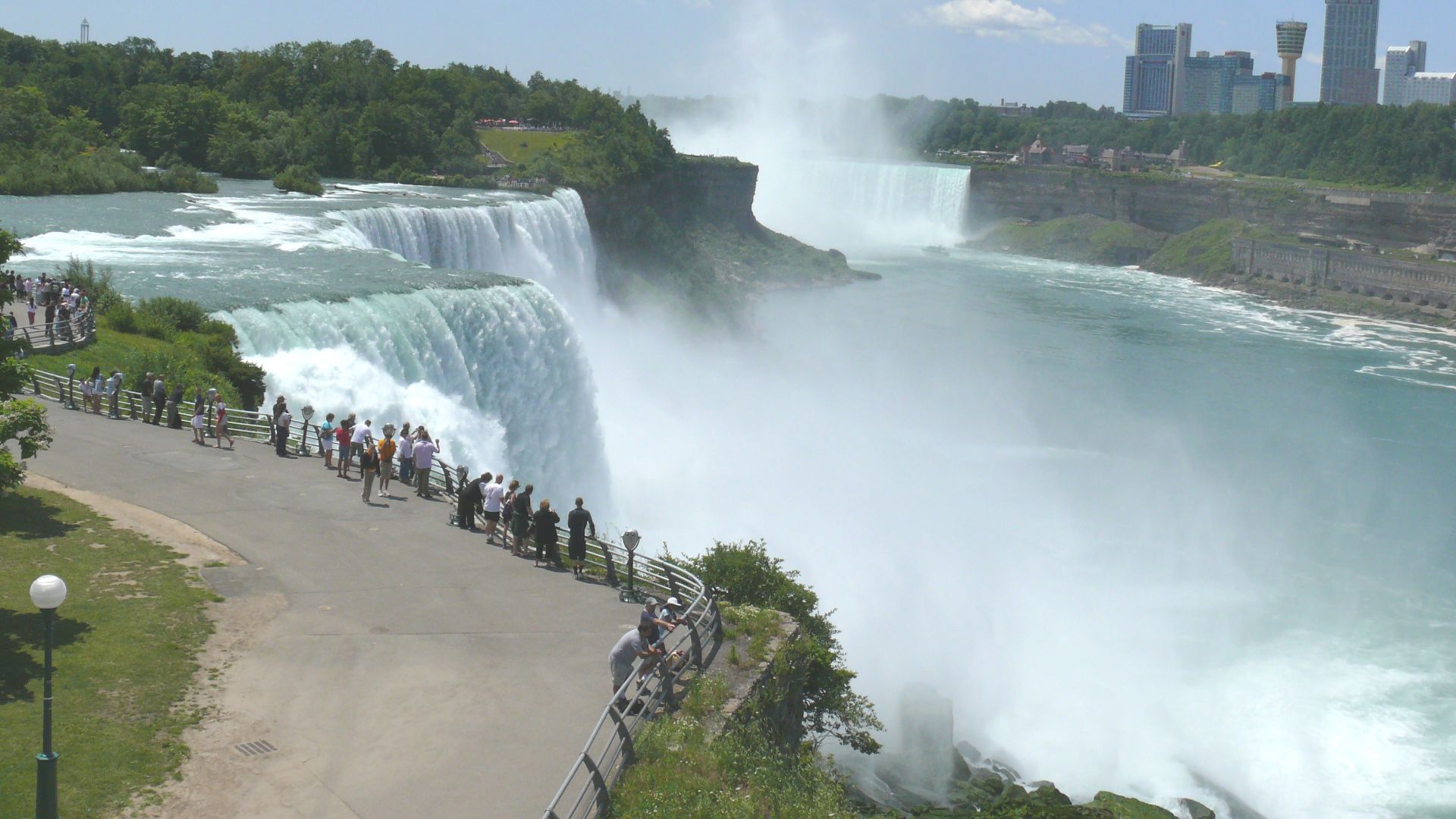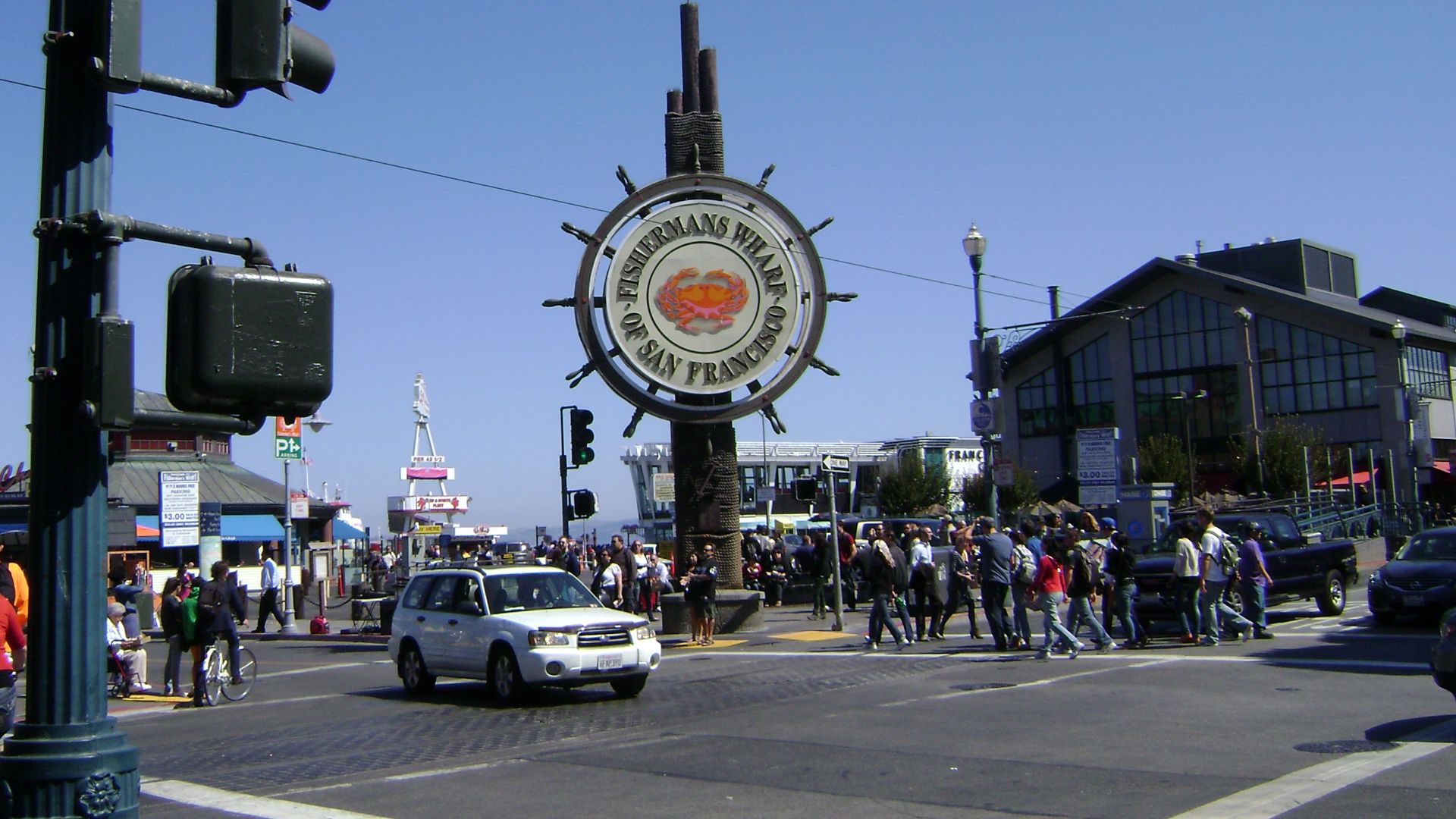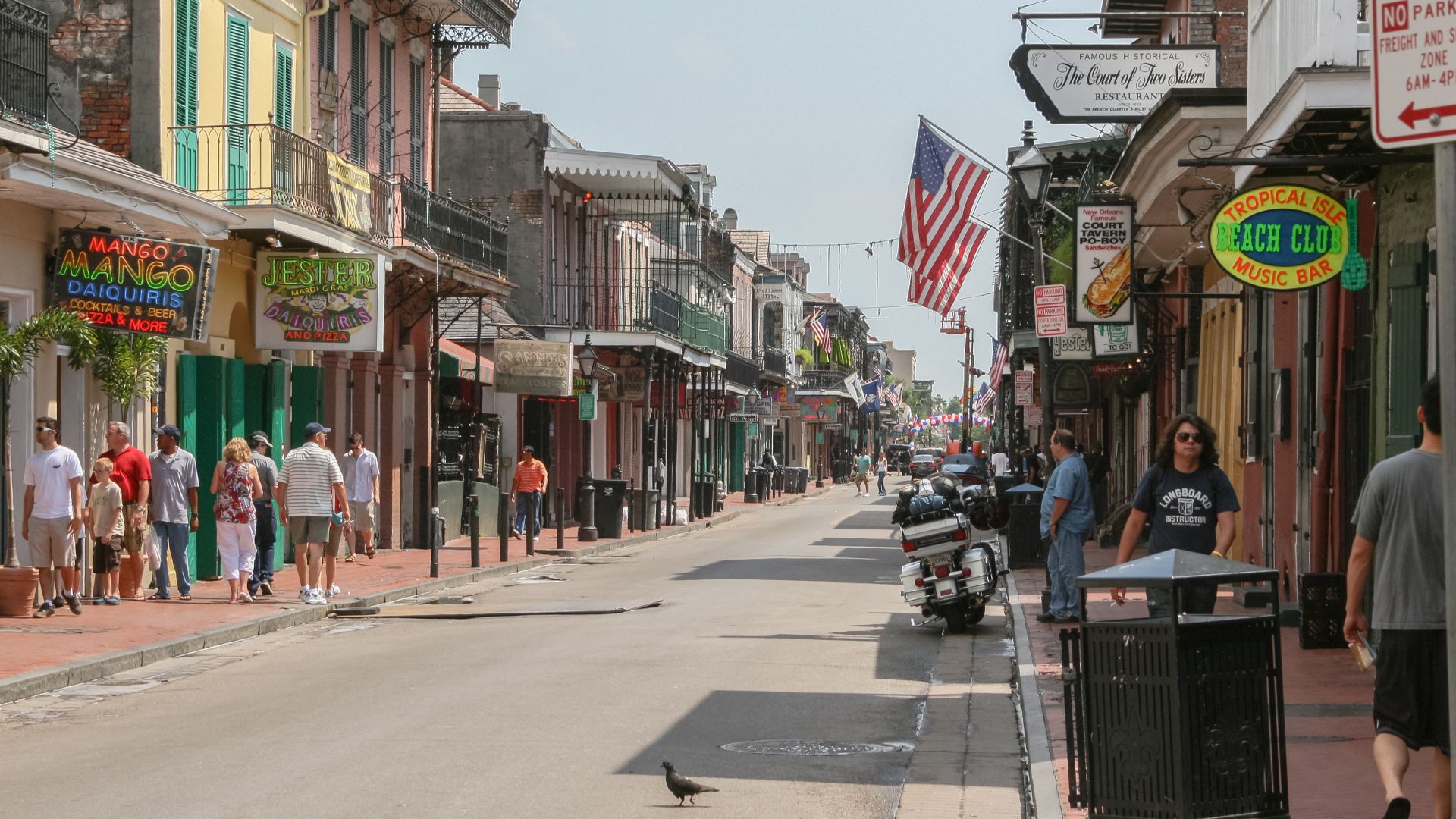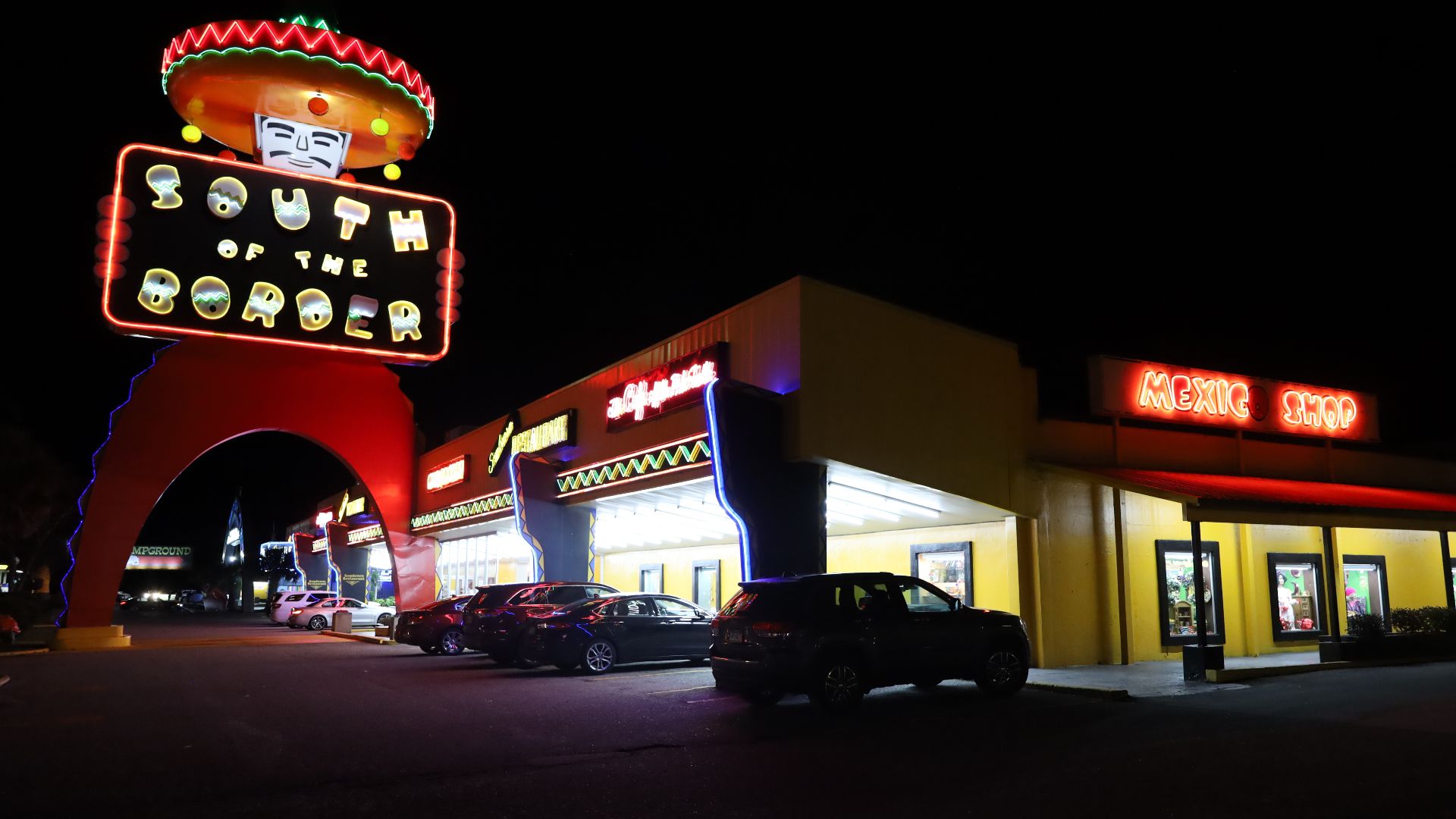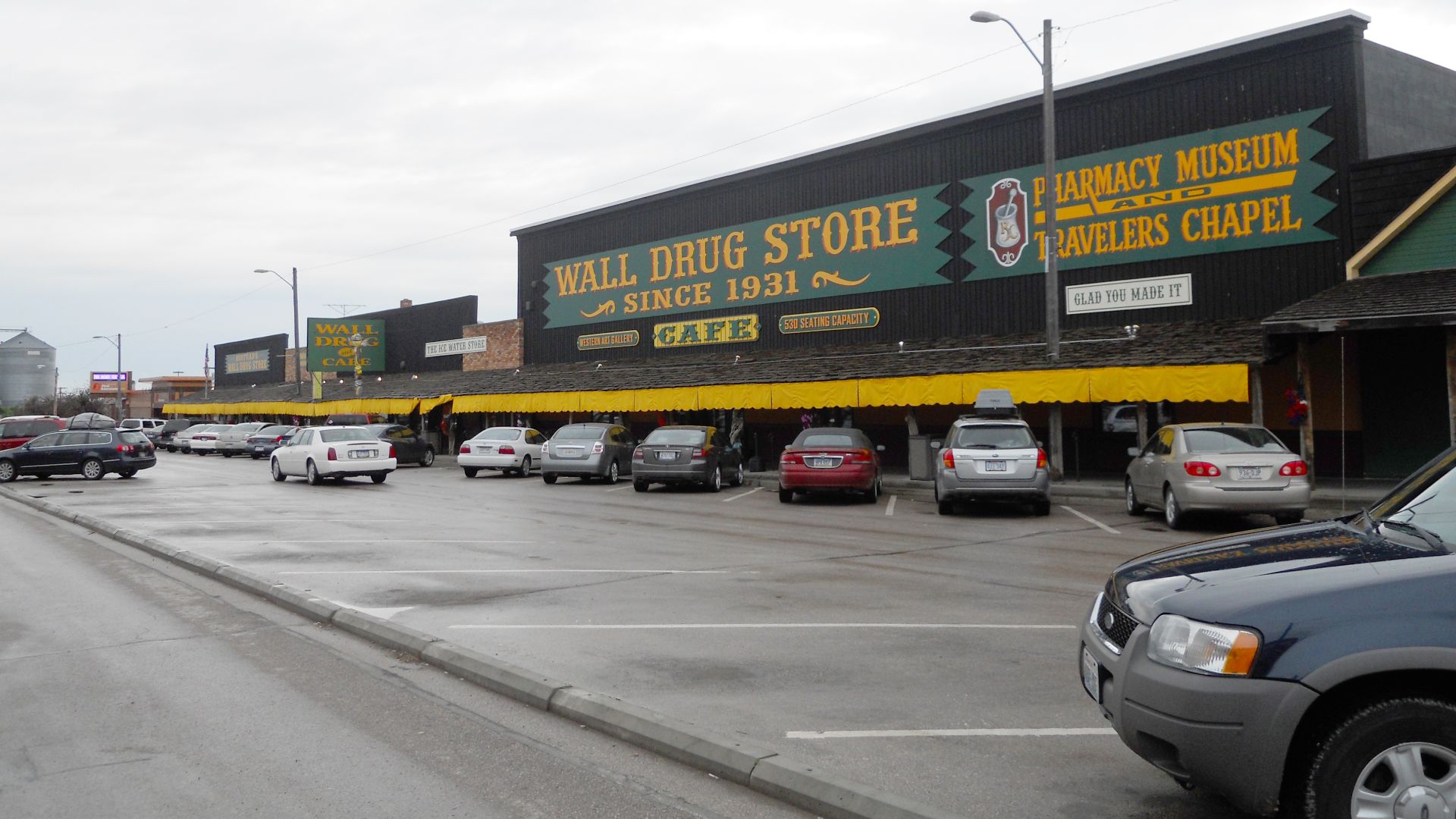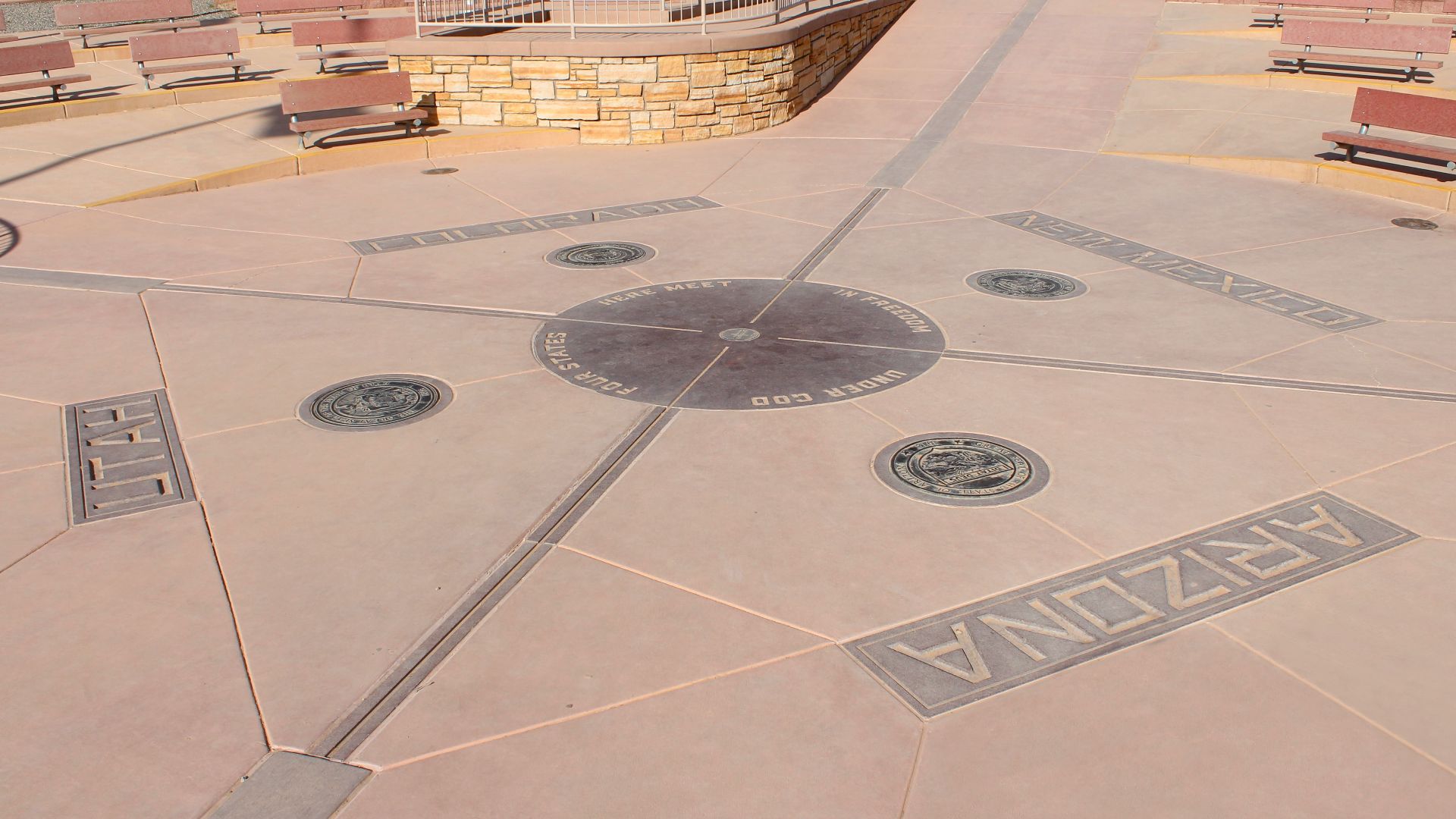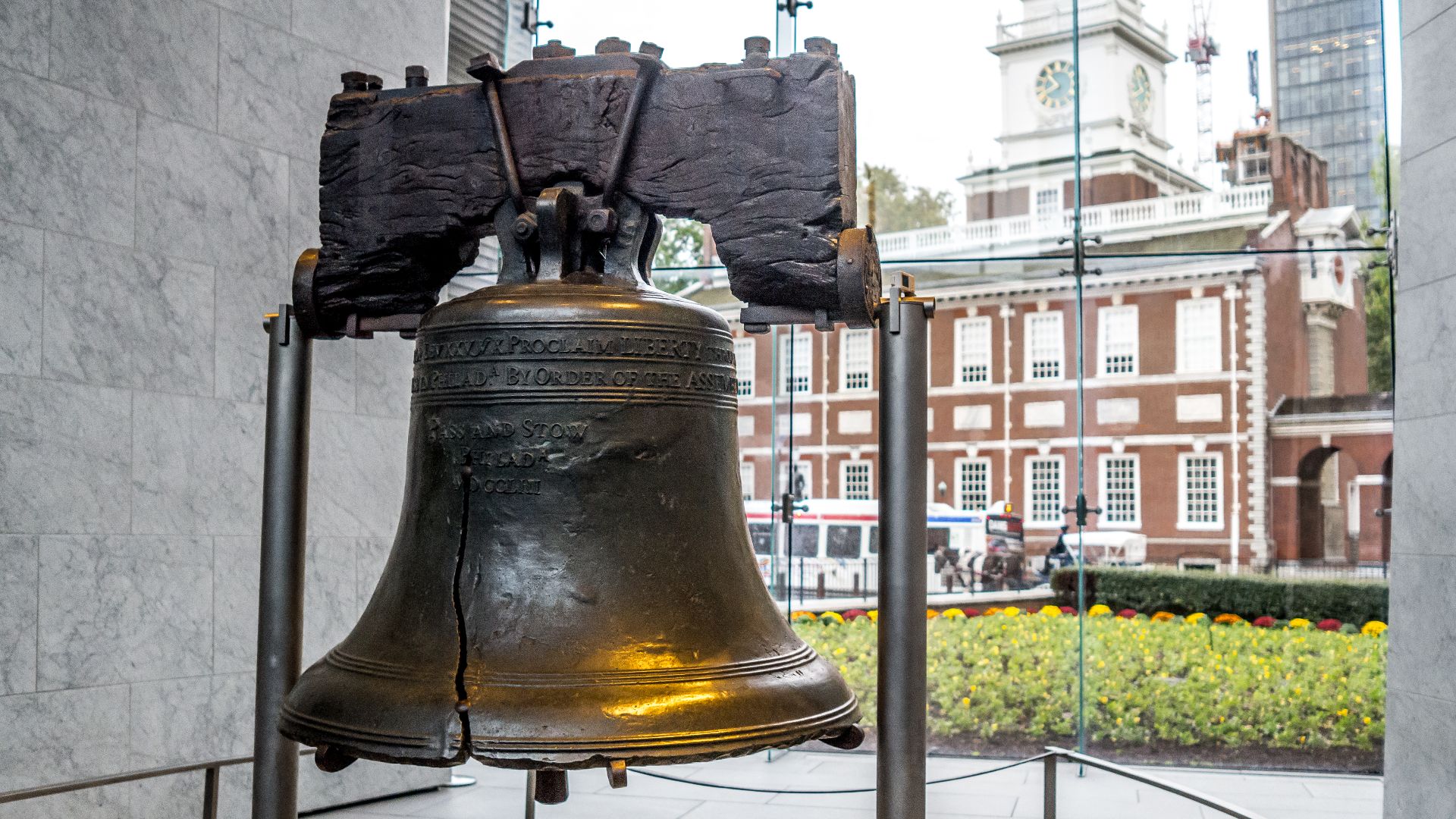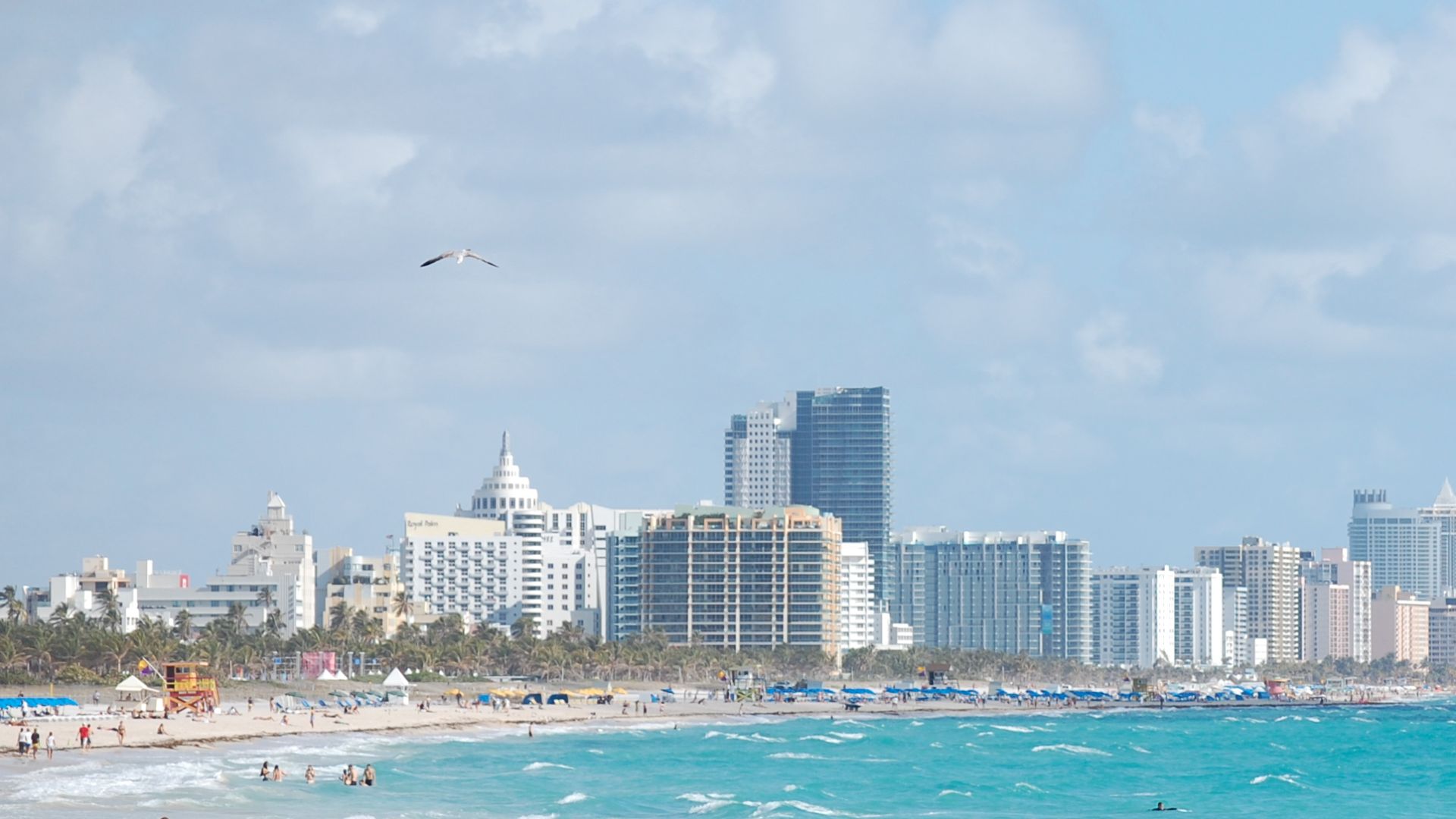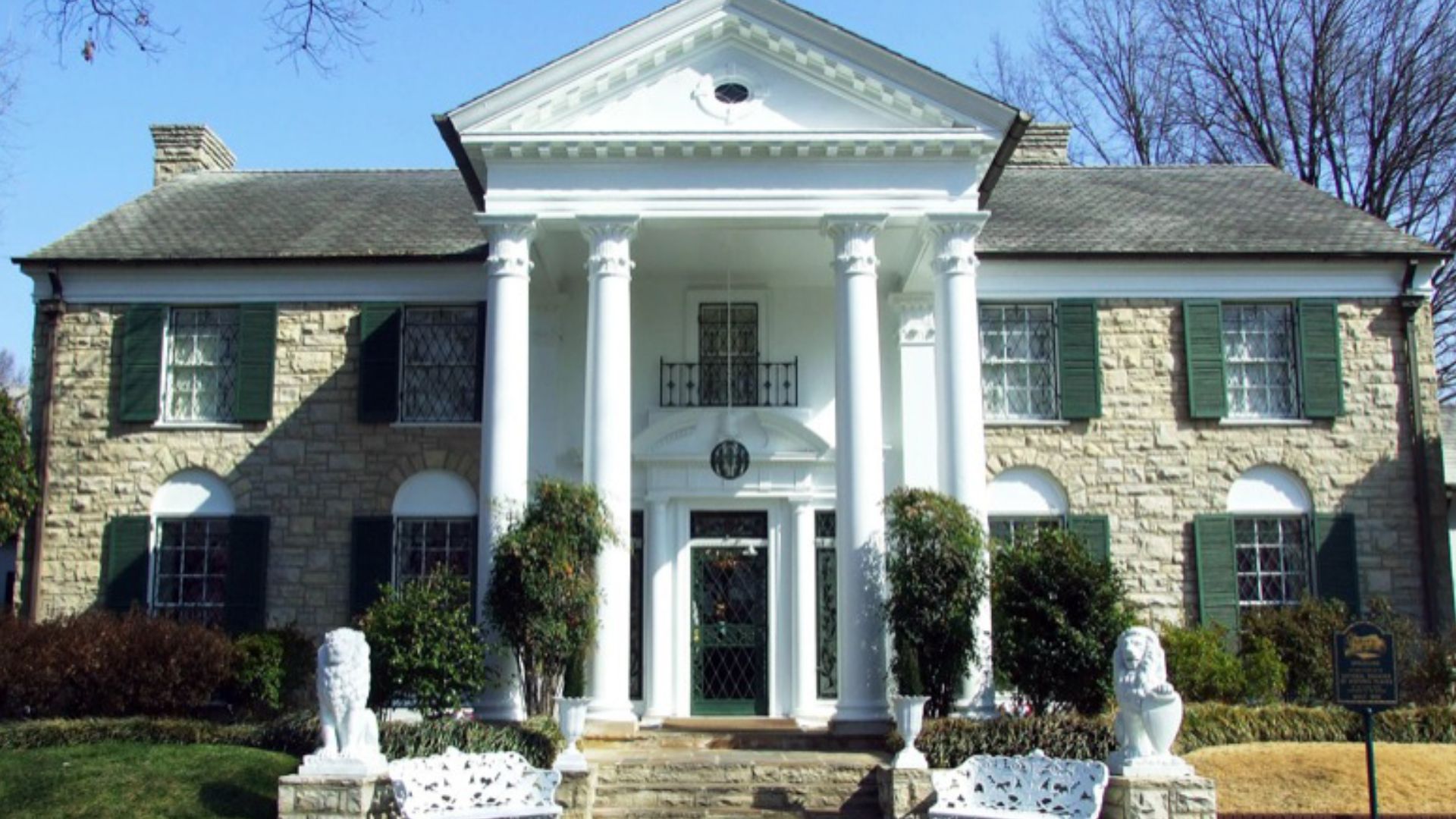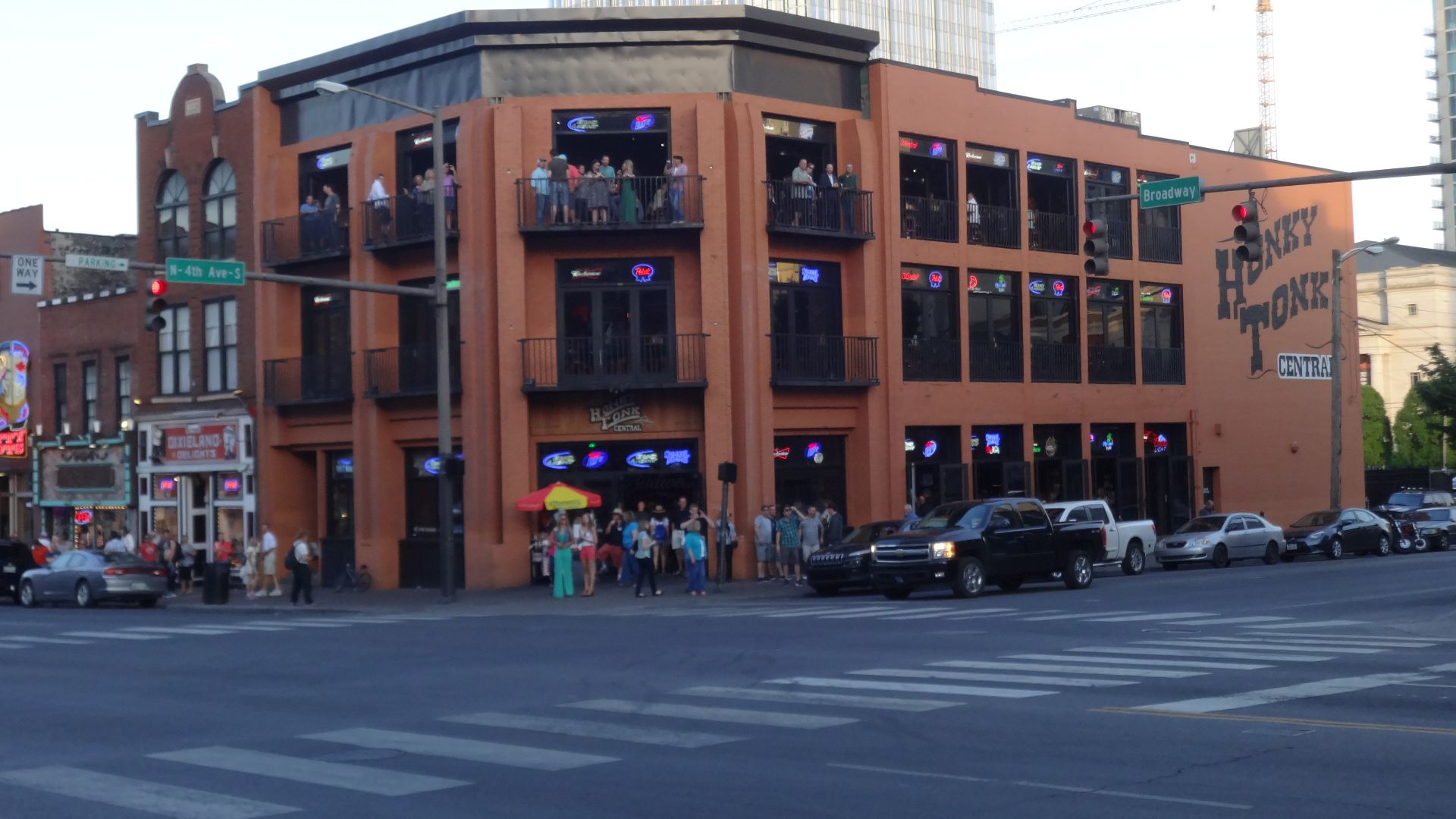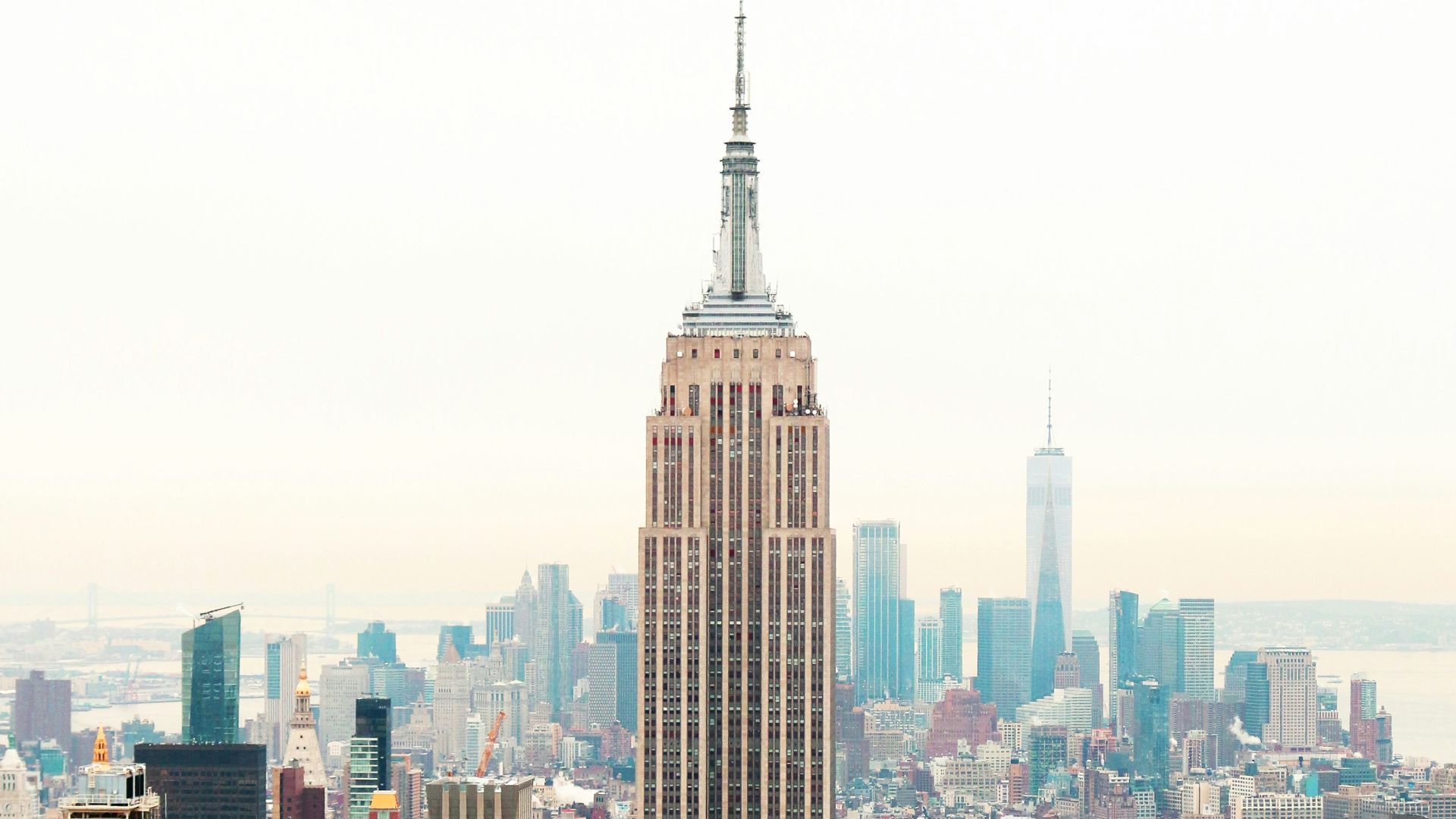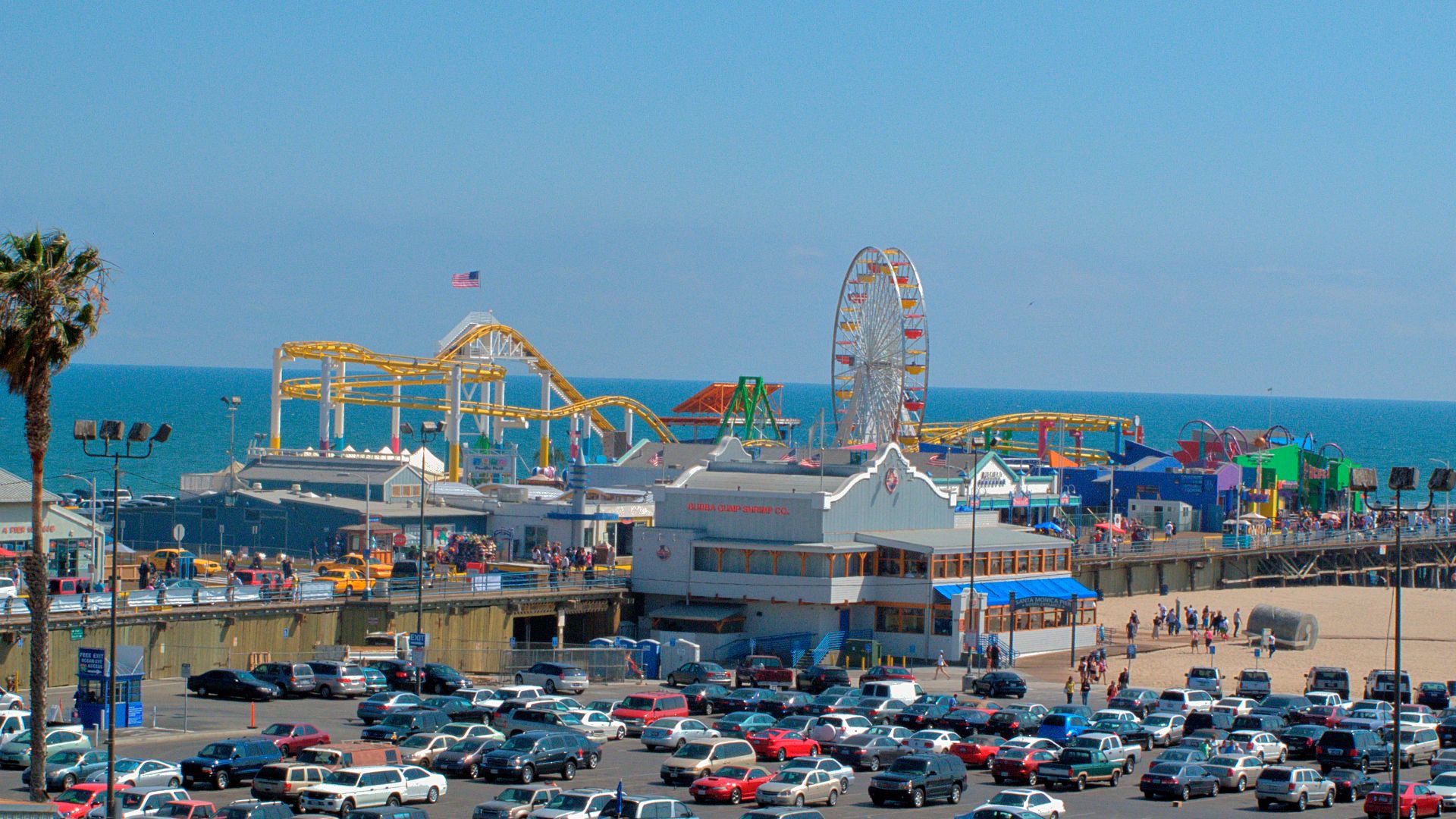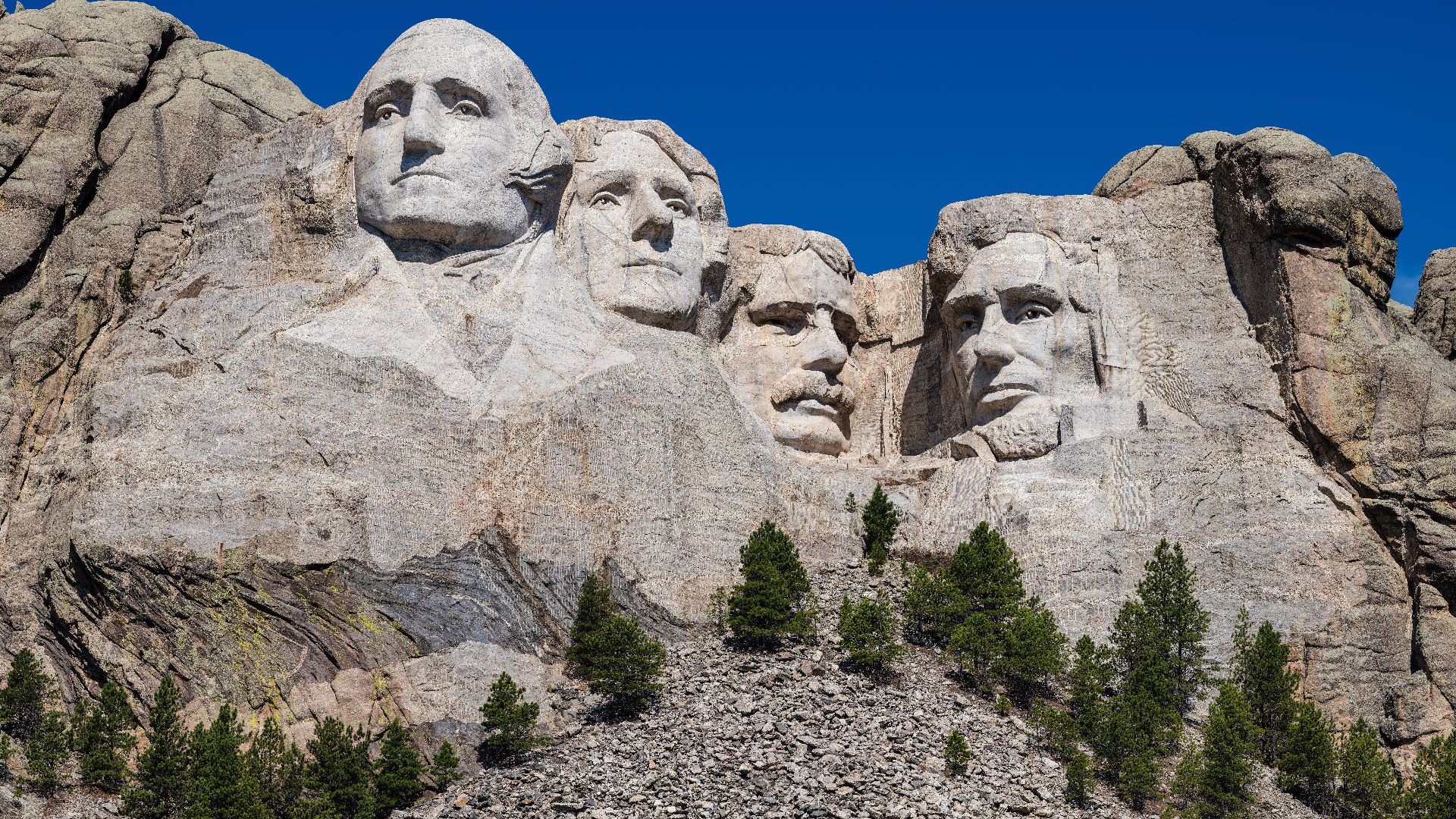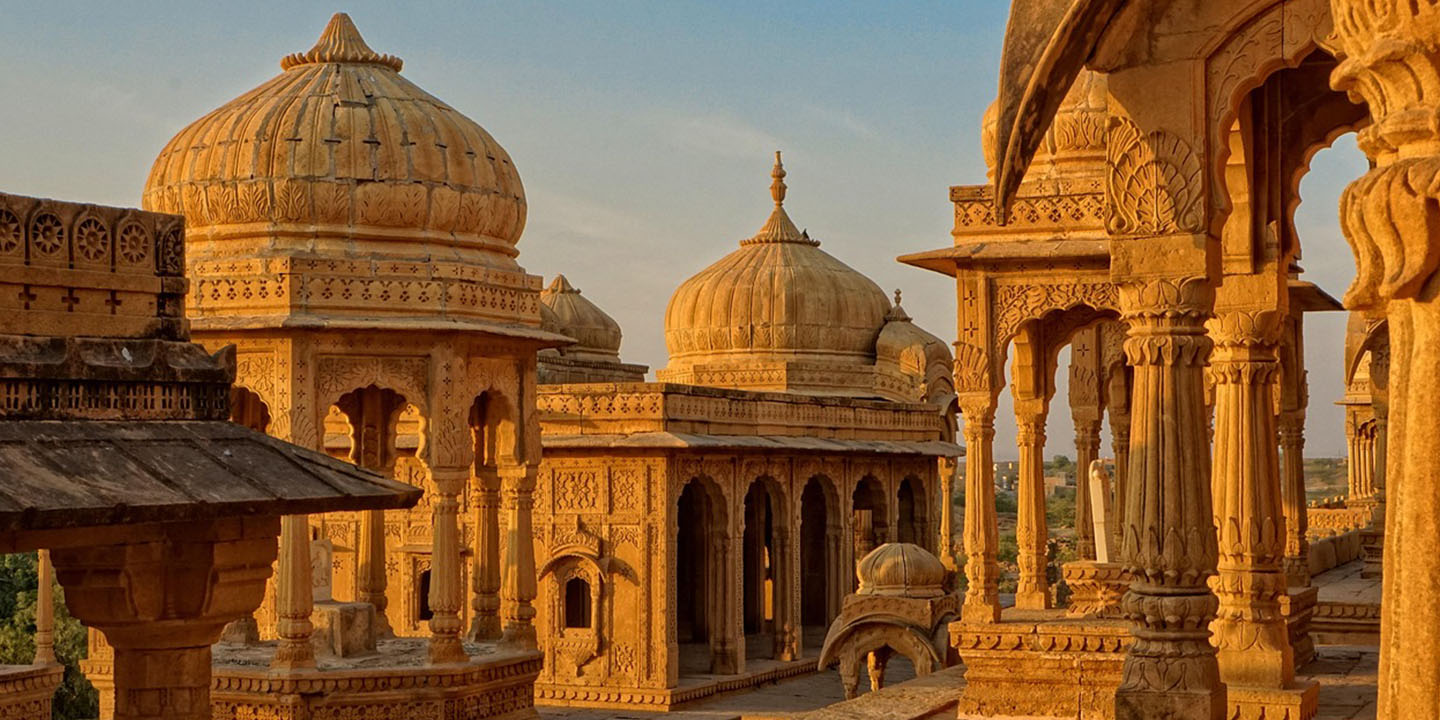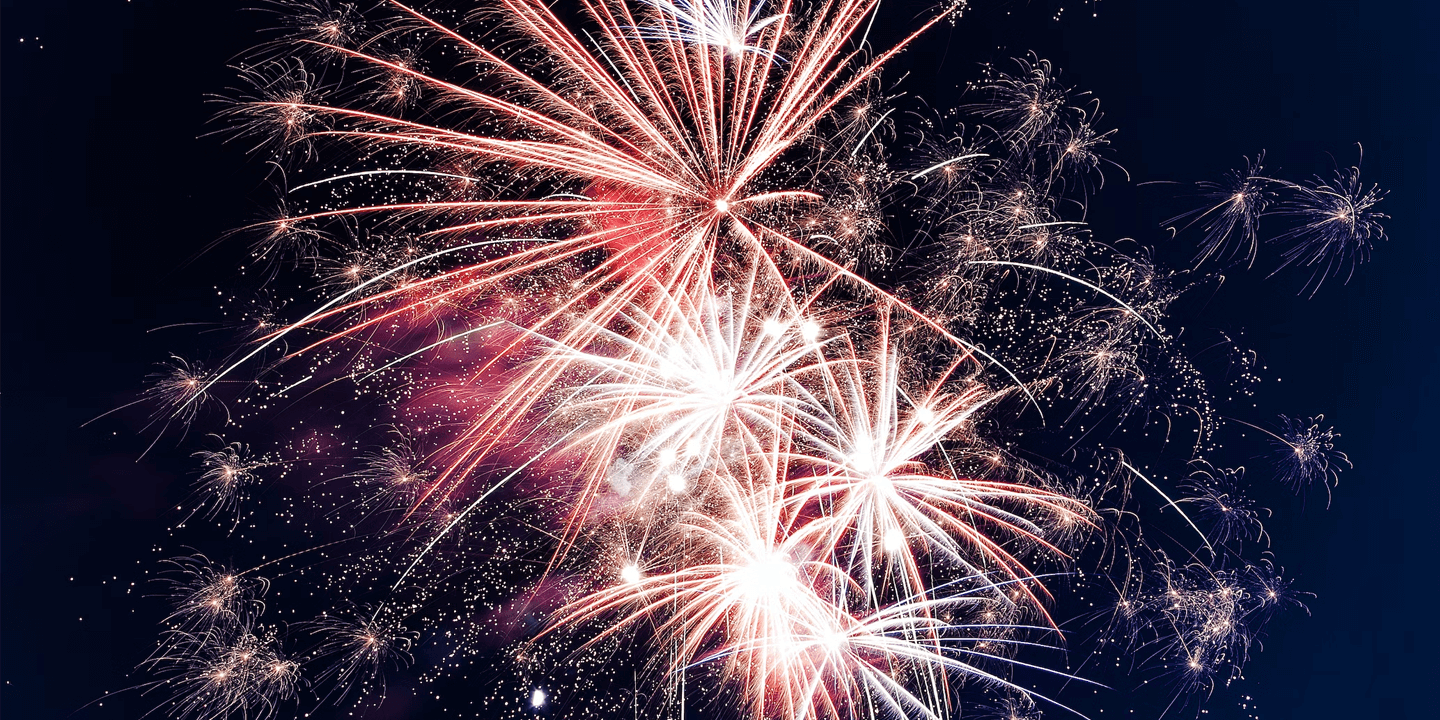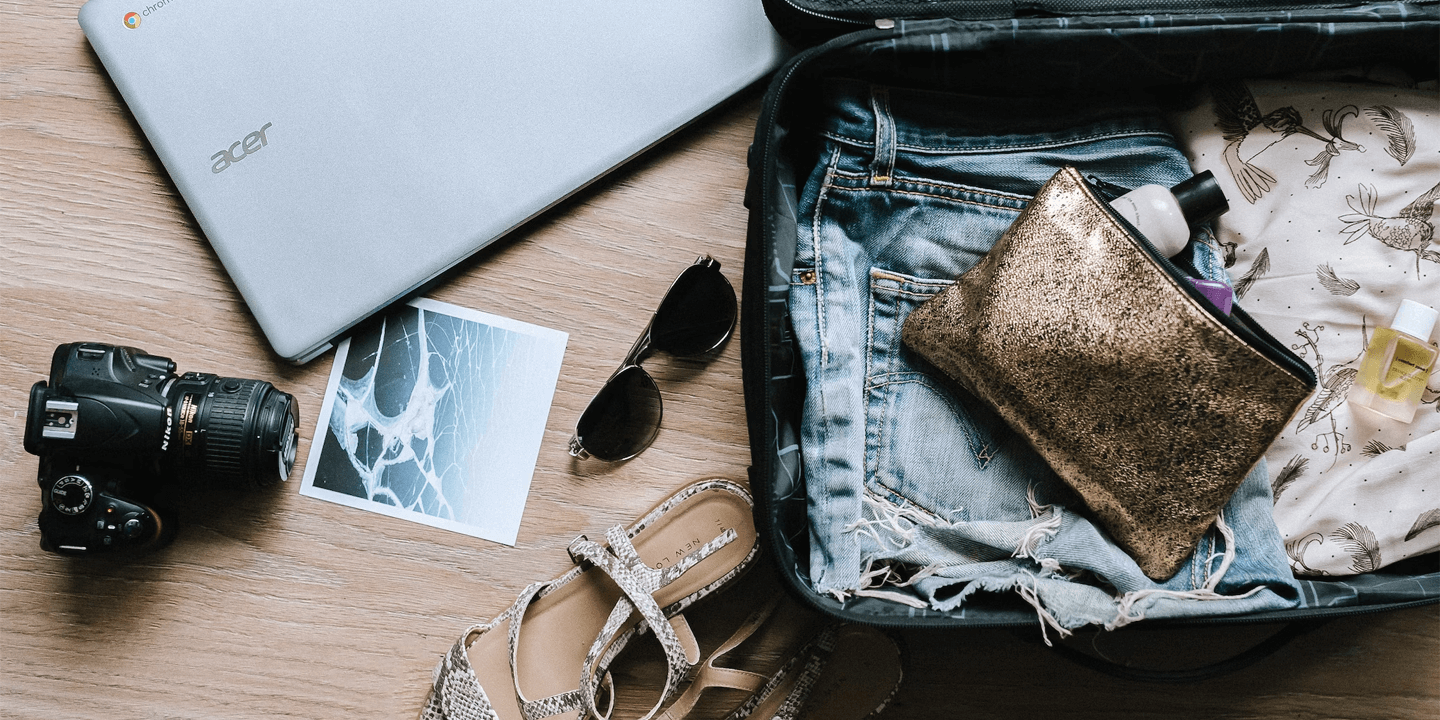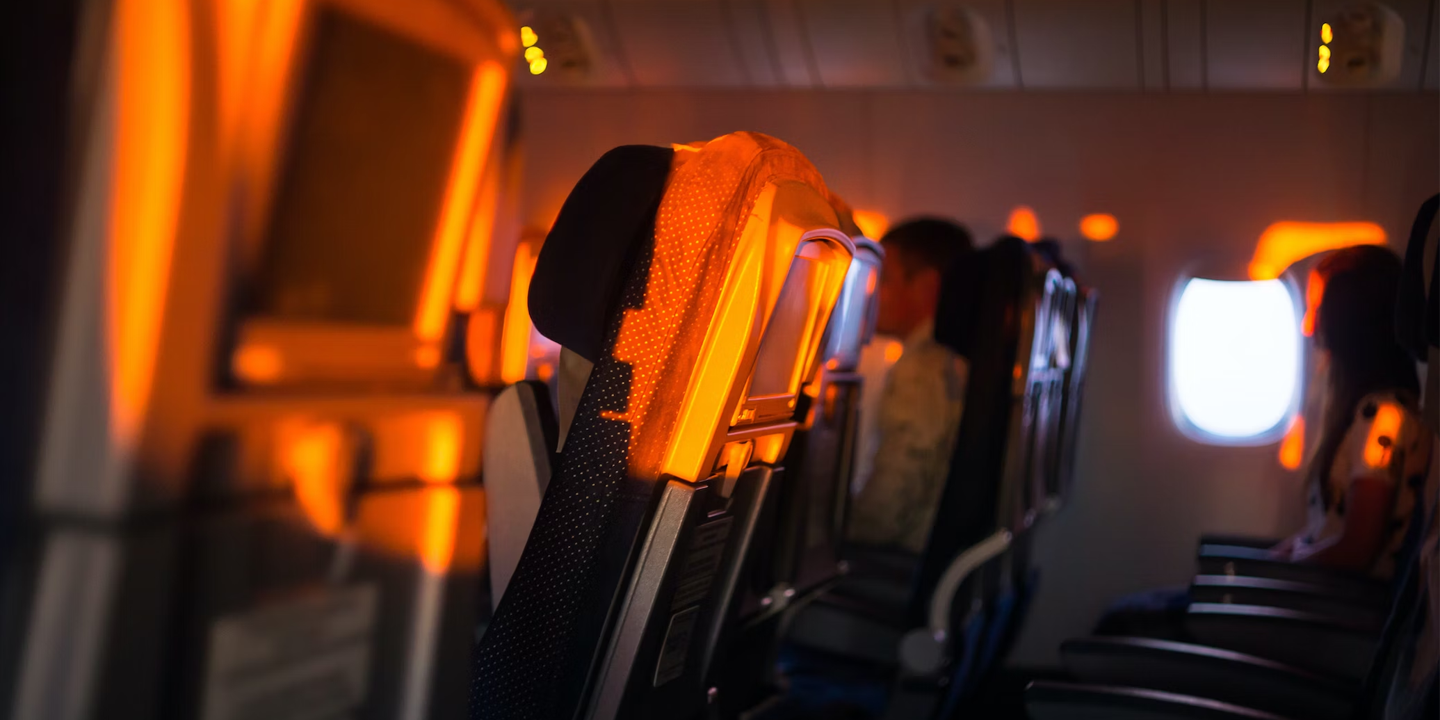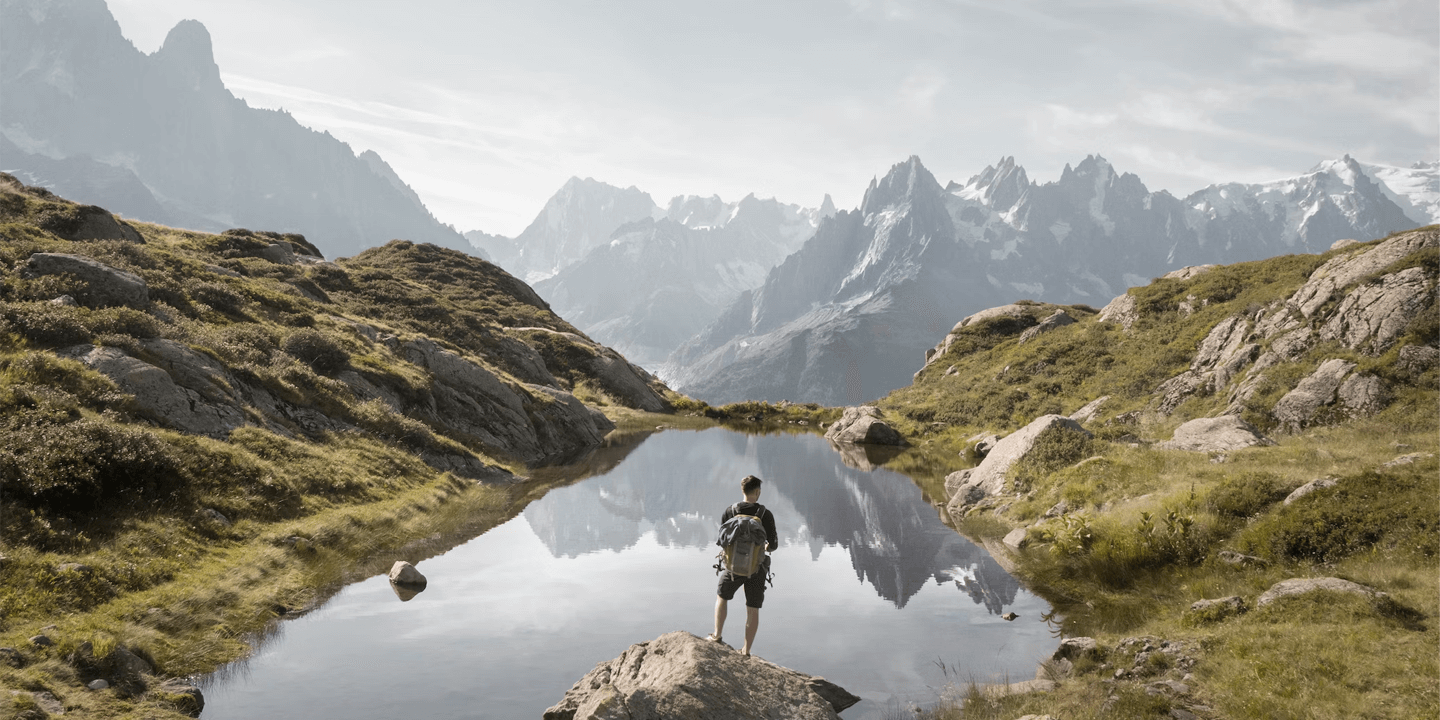20 Tourist Traps That Aren’t As Bad As People Make Them Out To Be
Don’t Judge Yet
There’s a difference between overrated and overhated. Just because a spot draws tour buses doesn’t mean it lacks charm or value. Sure, tourist traps can feel like staged experiences, but context and timing can shift the whole experience. Here’s a look at 20 famous places that get a bad rap yet still have something to offer.
1. Times Square
There’s a reason every film set in New York includes it. Times Square isn’t just flashing lights and overpriced pretzels; it’s a hub of global advertising and Broadway’s beating heart. About 330,000 people pass through daily, and its energy has become part of the city’s living identity.
2. Hollywood Walk
This place is a public sidewalk chronicling over 2,700 names in entertainment. Created in 1960, it serves as a timeline of cultural impact. From musicians to TV legends, the pavement tells Hollywood’s true story with warts and all.
3. Pike Place Market
Locals shop here, too. Opened in 1907, Pike Place is among the oldest continuously operating markets in the U.S. It has 500+ vendors, handmade goods, indie bookstores, and seasonal produce. Take the stairs beneath the main arcade, which hides an entire second level of treasures.
4. Venice Gondola
The steep price funds a specialized tradition. Gondoliers must train for years and master 400 hours of rowing. The canals date back to the 12th century, and each route offers a front-row view of centuries-old architecture. Authentic routes avoid tourist clusters and showcase neighborhoods.
5. Niagara Falls
Straddling the U.S.-Canada border, Niagara Falls dumps over 3,000 tons of water per second. Yes, the Horseshoe Falls alone draws 13 million visitors annually. Sunrise here is still one of nature’s most accessible, overwhelming displays of power.
6. Mall Of America
This four-level complex in Bloomington, Minnesota, includes an indoor theme park and 500+ stores. Since its 1992 opening, it’s become a testing ground for experiential retail. Nearly 40 million annual visitors stop in, not for shopping alone, but for events and dining.
7. Fisherman’s Wharf
Some come for the clam chowder. Others stick around for the WWII submarine and sea lion colony at Pier 39. The historic waterfront served San Francisco’s fishing industry in the 1800s and today anchors a living mix of maritime history and galleries.
8. Bourbon Street
Long before neon signs lit the night, Bourbon Street pulsed with music. Established in 1718, the street sits in the heart of New Orleans’ French Quarter. While nightlife draws the curious, deeper exploration reveals Creole architecture and a cultural lineage that never traded authenticity for attention.
9. South Of The Border
On I-95 between the Carolinas, this roadside attraction started in the 1950s as a beer stand. Now, it’s a kitschy blend of diners and surreal signage. Despite the gimmicks, its bizarre charm and glowing neon have made it a cult favorite among travelers.
10. Wall Drug
A drugstore with billboards spanning five states might sound ridiculous. In 1931, Wall Drug offered free ice water to passing travelers. That offer exploded into a marketing empire. Today, it’s a 76,000-square-foot complex with Western art and prairie oddities too strange to stage.
11. Four Corners Marker
It’s the only place in the U.S. where four states meet: Arizona, New Mexico, Utah, and Colorado. Critics dismiss it as a photo op in the middle of nowhere. In reality, its appeal lies in the Navajo Nation's history and unique geographical location.
12. Las Vegas Strip
The Strip’s neon overload masks a hidden architectural narrative. Casinos here mimic ancient Rome, Paris, and even New York. Behind the spectacle lies a powerhouse of live performances, from Cirque du Soleil to world-class residencies. For many, the art of excess is the experience.
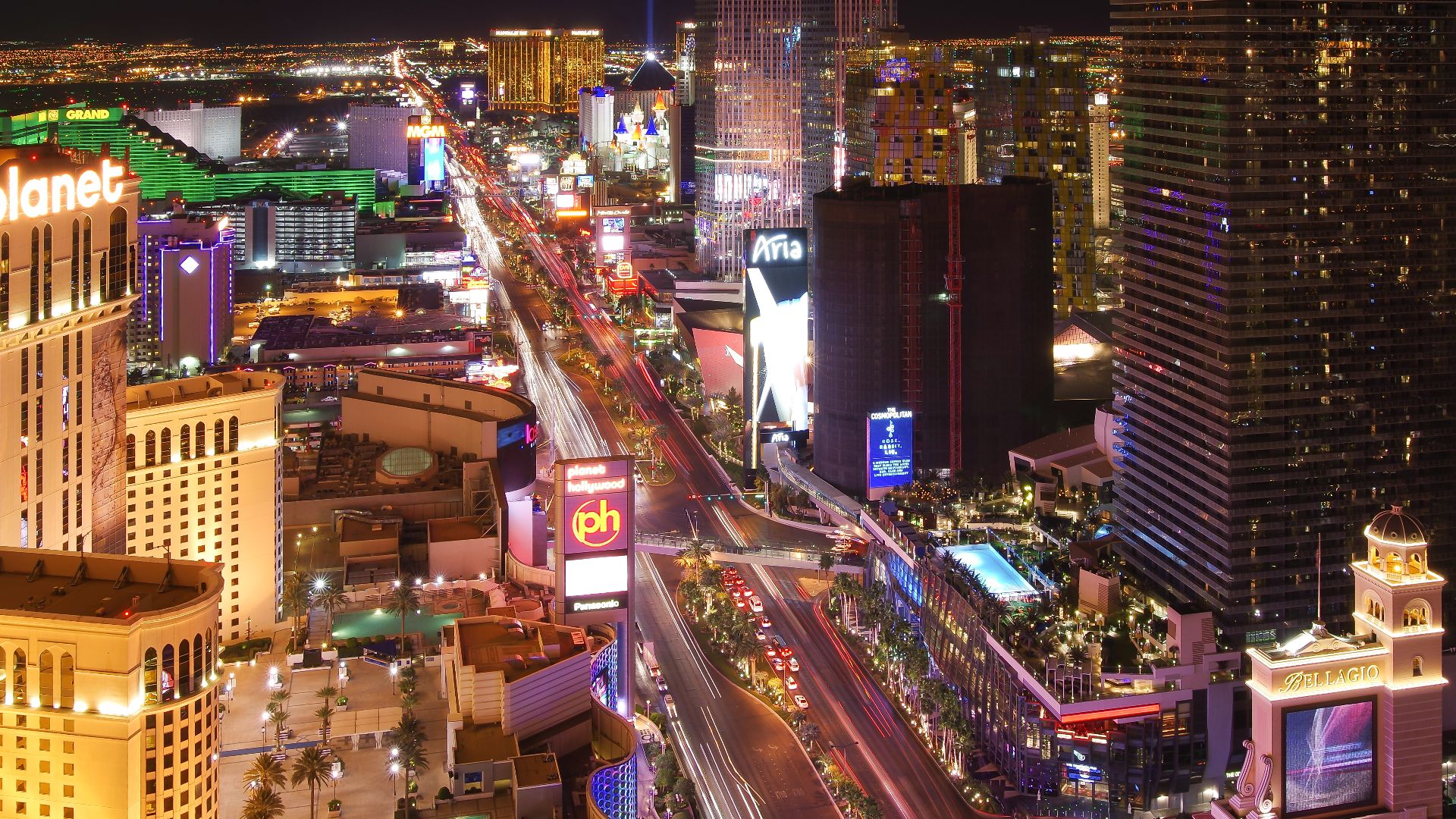 EconomicOldenburger - Alles über den Las Vegas Strip on Wikimedia
EconomicOldenburger - Alles über den Las Vegas Strip on Wikimedia
13. Liberty Bell Line
Millions visit yearly to glimpse this 2,000-pound icon. Cast in 1752, the bell rang for the First Continental Congress and abolitionist rallies. The visible crack is not a flaw; it helped turn a simple artifact into a freedom emblem.
14. South Beach
Art Deco hotels line Ocean Drive, and beachgoers flock by the thousands. But beyond parties and sunbathing, South Beach has deep cultural roots. Miami’s Haitian, Cuban, and Jewish communities shaped its food and nightlife. The pastel glamour is just one chapter in a far more layered story.
15. Alcatraz Island Tour
Federal prison from 1934 to 1963. Home to Al Capone, “Machine Gun” Kelly, and escape attempts are debated. There are only a few spots that vividly blend Native American activism and legendary prison lore. Audio tours feature real inmates and guards, which bring the stone walls to life.
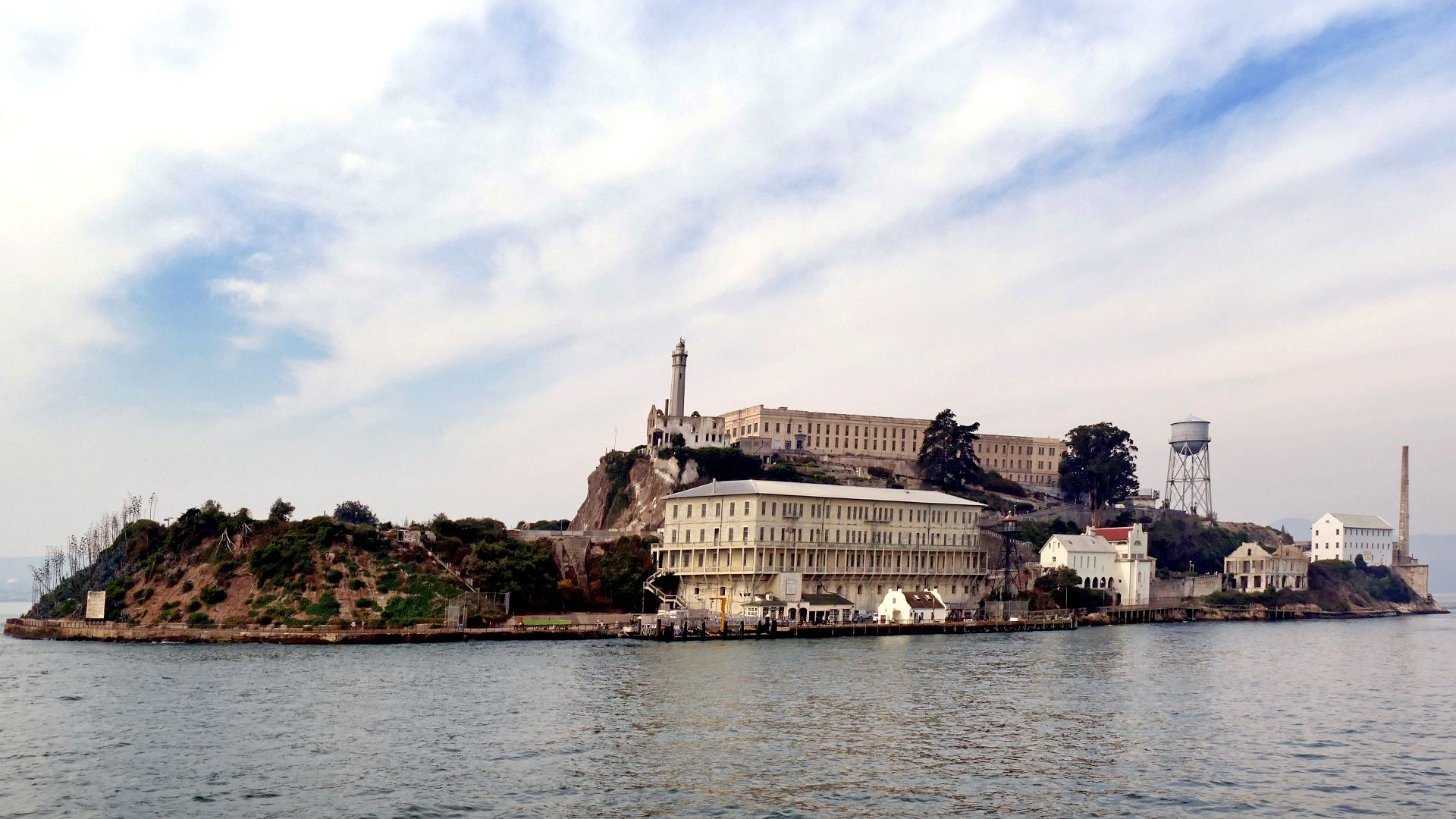 Bernard Spragg. NZ from Christchurch, New Zealand on Wikimedia
Bernard Spragg. NZ from Christchurch, New Zealand on Wikimedia
16. Graceland Mansion
Elvis Presley’s home may seem frozen in velvet, yet it’s one of the most visited private homes in the U.S. What surprises visitors is the opulence and the access. Personal rooms and even the King’s cars create an intimate view of fame’s strange, domestic side.
17. Nashville Honky-Tonks
Live bands every night, no cover charge. Honky-tonks like Tootsie’s Orchid Lounge helped launch careers, including Willie Nelson’s. Although Broadway’s commercial edge is loud, it’s a music incubator. Genres evolve on these sticky floors, and the raw energy fuels one of America’s most democratic music traditions.
18. Empire State
Built during the Great Depression, this skyscraper rose in just 13 months. Though once the world’s tallest building, its views now compete with newer decks. Still, the 86th-floor observatory offers 360-degree vistas of Manhattan’s grid. On clear nights, it’s among the few city experiences that feel timeless.
19. Santa Monica Pier
What began in 1909 as a municipal pier is now a blend of old and new. While locals may scoff at the carnival games, it remains a public beach access point and sunset perch. Plus, the pier anchors the western end of historic Route 66 with undeniable nostalgia.
20. Mount Rushmore
Carved between 1927 and 1941, this massive sculpture wasn’t without controversy. Over two million people a year visit the Black Hills to see it. Each face, Washington, Jefferson, Roosevelt, and Lincoln, was chosen to represent a chapter of U.S. growth.


